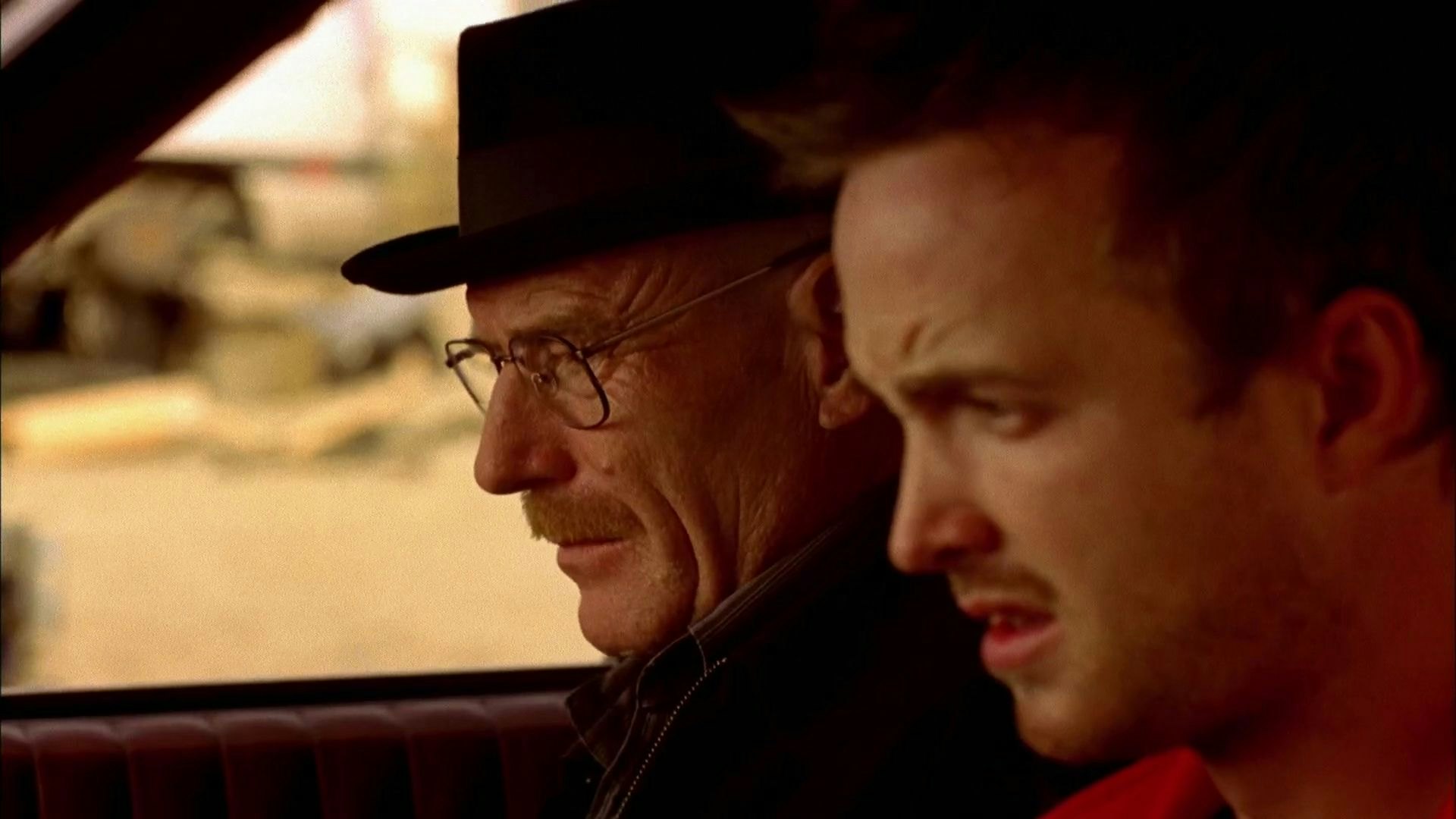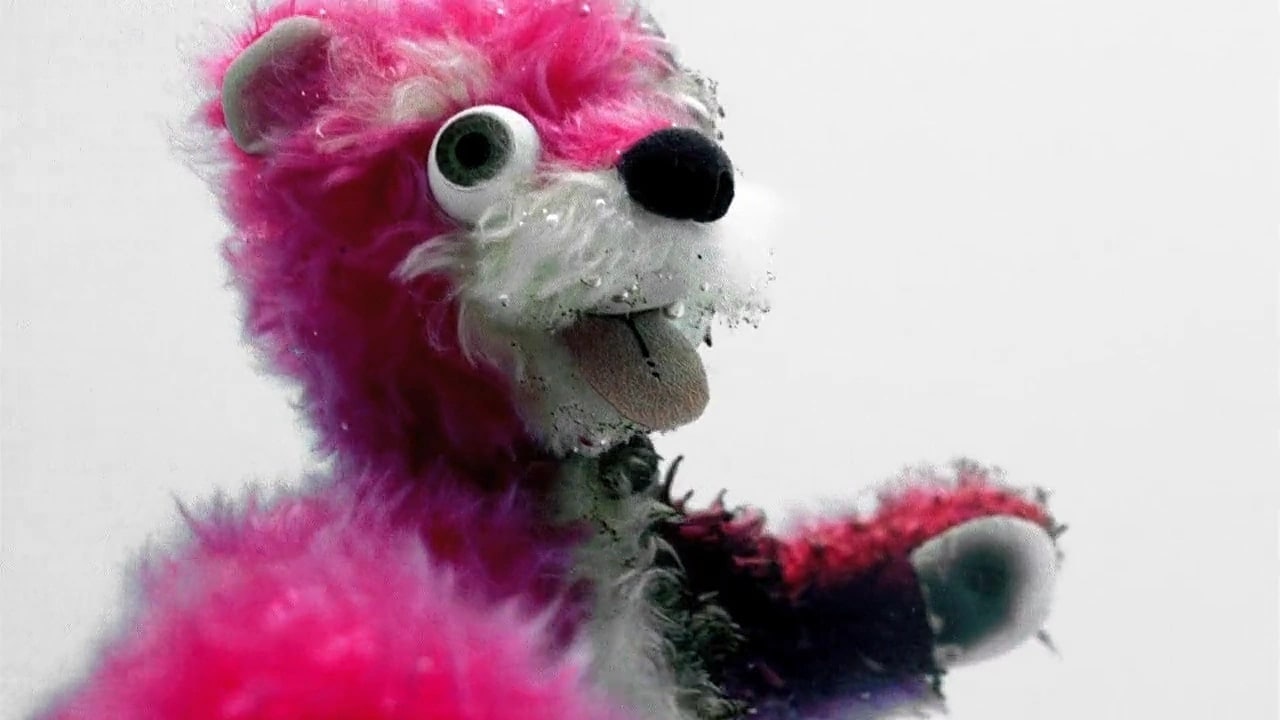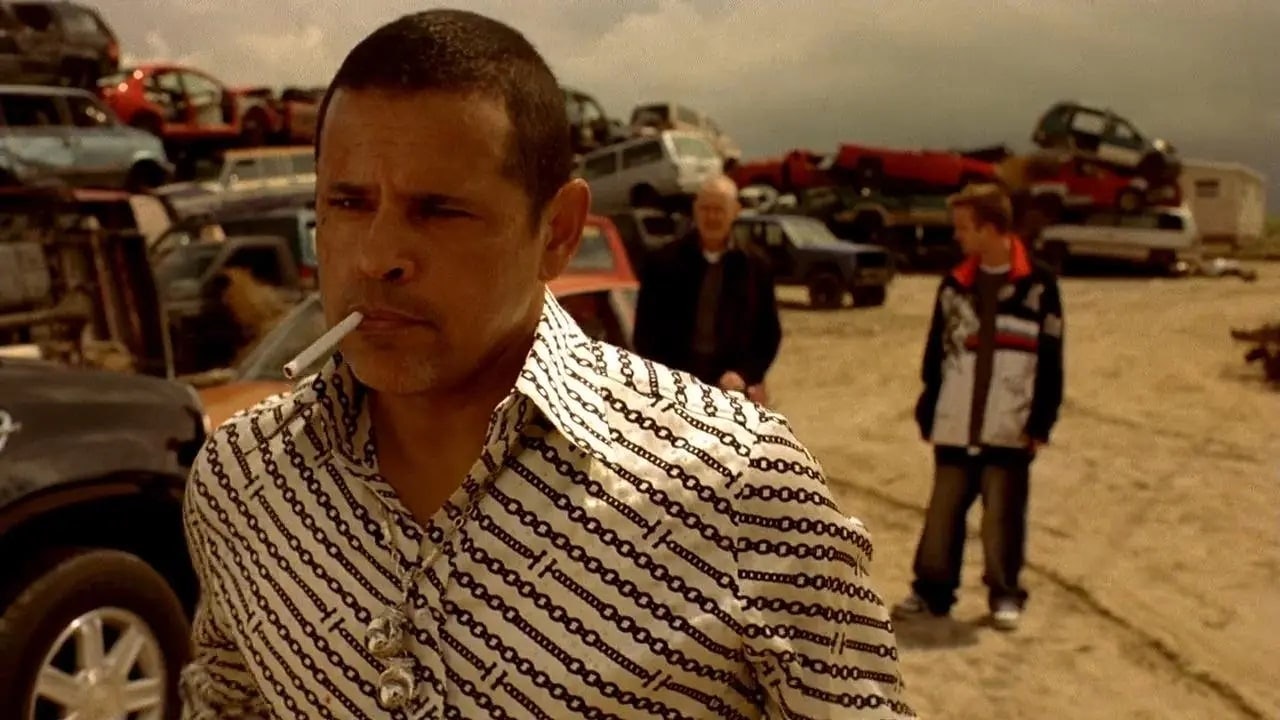
Breaking Bad hit the ground running, but in its truncated seven-episode first season, it’s hard to see how the series would become the cultural monolith it is now. What started as an intriguing AMC drama series became the model for countless other series at one point, and it’s easy to pinpoint where: in an episode that catapulted the series — and actor Bryan Cranston — into a new league altogether.
“Seven Thirty-Seven,” the Season 2 premiere, already had a reputation to live up to. A sophomore season can elevate or destroy a breakout show, because it’s the first production cycle to co-exist with the show’s hype. The first season of any show always feels like a gamble. But once Season 2 rolls around, the pressure is on.
Breaking Bad rose to the challenge. “Seven Thirty-Seven” opens with a shot of a pink teddy bear floating in a pool, a non-sequitur that won’t get be explained until the end of the season. But it establishes this chapter’s mission statement; don’t demand immediate answers, just hold on.

Walter White finds himself embracing this new philosophy when the episode picks up where Season 1 left off, with him making a shady drug deal with drug kingpin Tuco Salamanca. The series’ first Big Bad would pave the way for future villains like Gus Fring, but for now he’s proof that Walter is in over his head and that Jesse isn’t much help. They both see that Tuco is dangerous and willing to kill without hesitation.
After the deal, Walt furiously tabulates how much he needs to make, and settles on $737,000. He convinces himself that he just needs enough to take care of his family after his death, but when he returns home from his ordeal, something has shifted. He tries to seduce a pregnant Skyler, who rebuffs him. It’s the start of Walt’s new job wedging itself between them.
Season 1 showed Walt hesitating to become a murderer, but this episode has him barreling toward the possibility of doing it again. Knowing that Tuco can — and probably will — kill them at any moment, Jesse buys an illegal gun. Walt does what only he can do and uses chemistry to defend himself. Using castor beans, he develops ricin, a powerful poison that will become crucial to the series for seasons to come.

This episode is full of moments foreshadowing conflicts both later in the season and later in the series itself: the pink bear cold open, the introduction of Tuco as a threat, and the first use of castor beans to make ricin all pay off in the greater scheme itself. It’s an amount of narrative planning that, at that point, was rarely seen outside of Lost.
Even the name itself is foreshadowing — “Seven Thirty-Seven,” when lined up with the other episodes with pink bear scenes, reads “737 Down Over ABQ,” hinting at the deadly plane crash we see in the finale, a crash that Walt was indirectly responsible for.
Now, it’s the foundation of the Vince Gilligan universe, and fans have come to expect these meticulously crafted plot elements from the Breaking-Bad-verse. It’s this episode, the shot of the pink bear in the pool, that directly leads to Better Call Saul’s many abstract cold opens that would later pay off in brutal ways. Though it seems random, that one scene introduces chaos into the Breaking Bad world, and a new level of precision in storytelling for the show as a whole.
Breaking Bad is streaming on Netflix.







